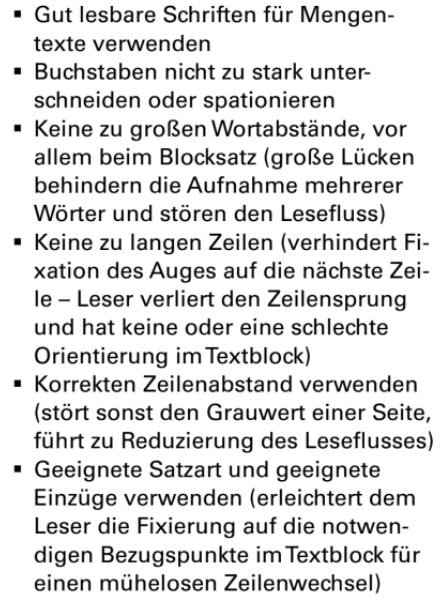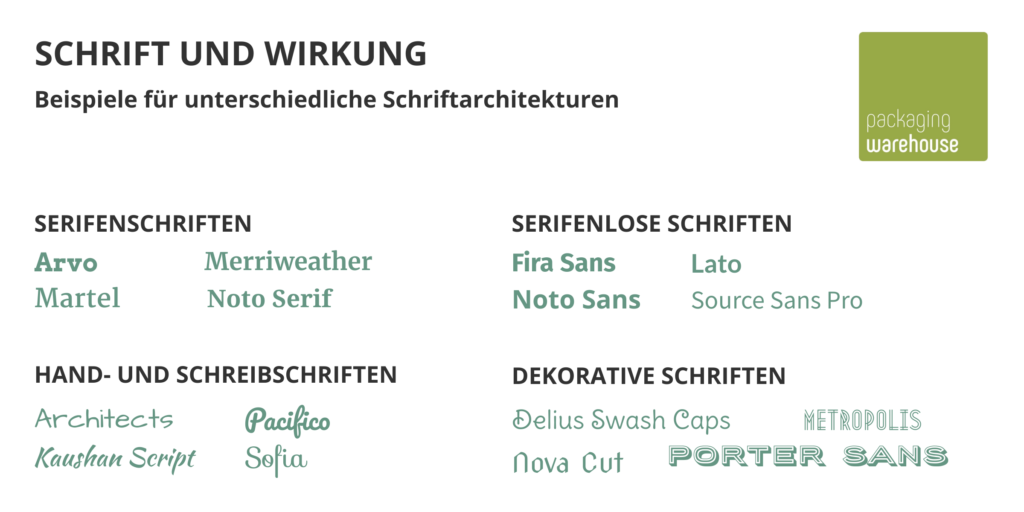Mein erstes Projekt wird ein Poster in drei verschiedenen Farben. Für das Design habe ich verschiedene Gradients verwendet um ihm einen sommerlichen Look zu verpassen.
Für den Print habe ich drei Farben verwendet (von links nach rechts): Orange, Pink und Blau. Diese habe ich in dieser Reihenfolge übereinander gedruckt und die Deckkraft für verschiedene Elemente angepasst. Ich habe sowohl vollflächige Elemente übereinander gedruckt als auch einen Gradient von Pink nach Orange verwendet. Das hat meine Farbenvielfalt erhöht und dem Poster einen sehr sommerlichen und lebhaften Effekt gegeben.
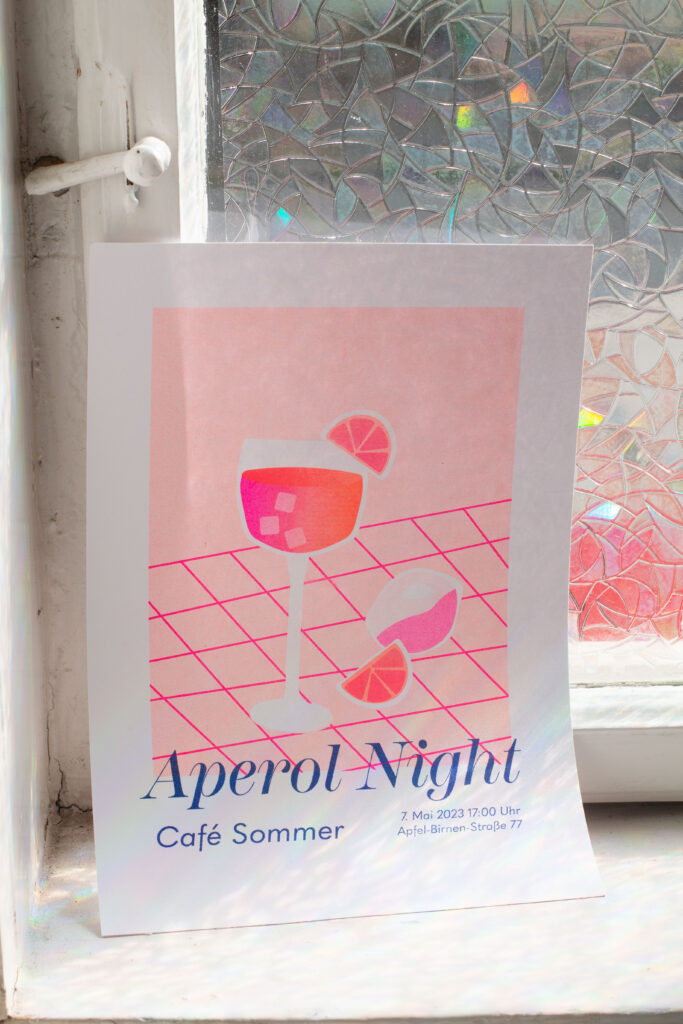
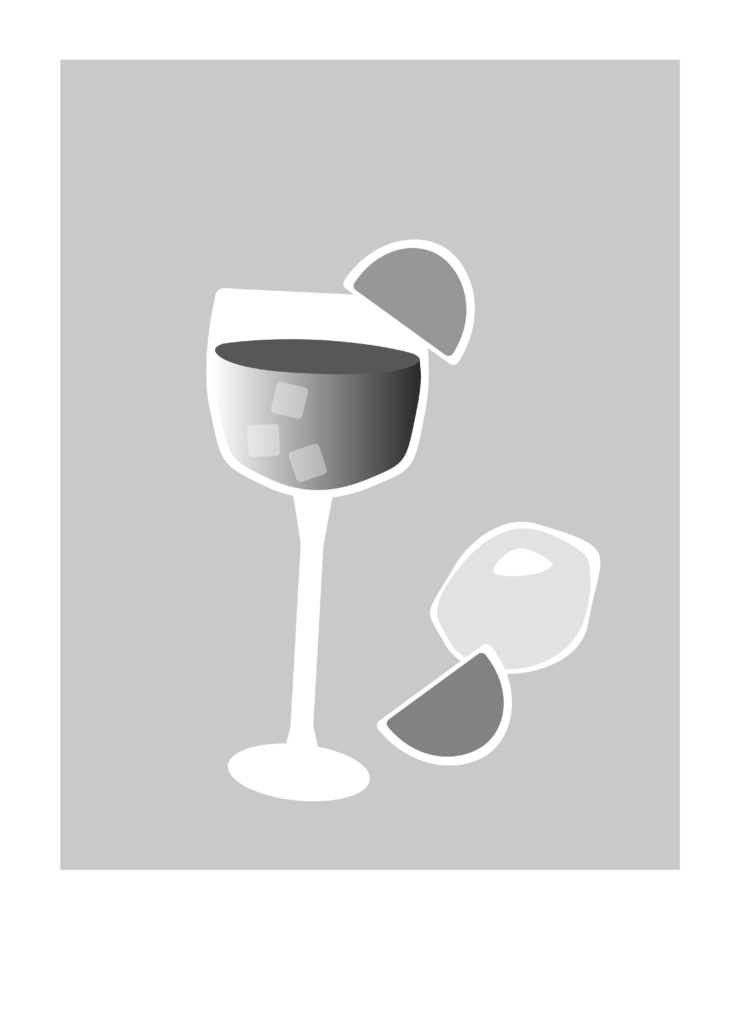
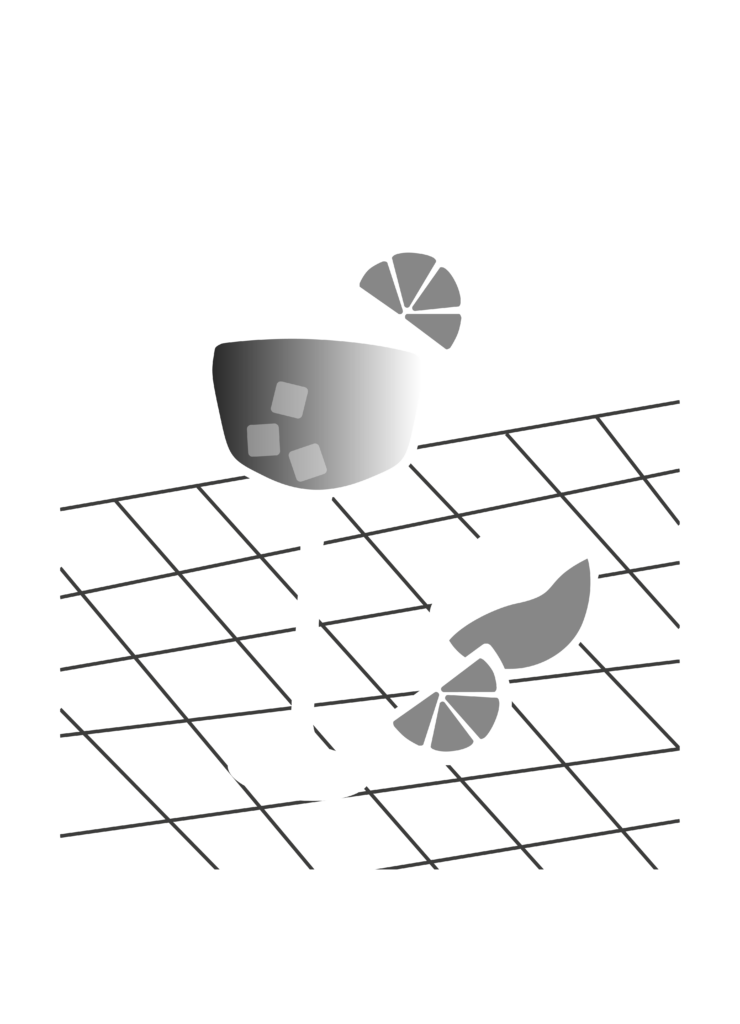

Papier:
Ich habe sowohl auf A3 Druckerpapier als auch auf A4 Papier gedruckt, welches ein bisschen gröber ist. Bei gröberen Papieren wirken die Farben leuchtender. Auf sehr glatten Papier wirkt die Farbe sehr platt und hell. Deshalb werde ich weiterhin gröbere Papiere wie leichte Aquarellpapiere verwenden. Zusätzlich kann man die Farbintensität beim Riso einstellen, diese habe ich immer auf die höchste Stufe gestellt, das hilft zusätzlich bei der Intensität.
Probleme:
Manchmal hat die Vorlage nicht perfekt gepasst und es gab unterschiede bei den Positionen der verschiedenen Farben.
Man braucht Geduld um mit dem Riso zu drucken, wenn man das dünne Druckerpapier zu schnell für die nächste Schicht verwendet, kann Farbe an den Papierträgern hängenbleiben und Spuren auf dem Druck hinterlassen. Durch Putzen kann man das ein bisschen vermeiden, trotzdem würde ich empfehlen gröbere Papiere (bei denen die Farbe besser einzieht) zu verwenden und ein bisschen länger zu warten.
Outcome:
Das fertige Poster hat einen sehr sommerlichen Flair, was ich erreichen wollte. Insgesamt würde ich sagen, dass dieser Print meine Erwartungen übertroffen hat, da die Farben sehr gut miteinander harmonieren.
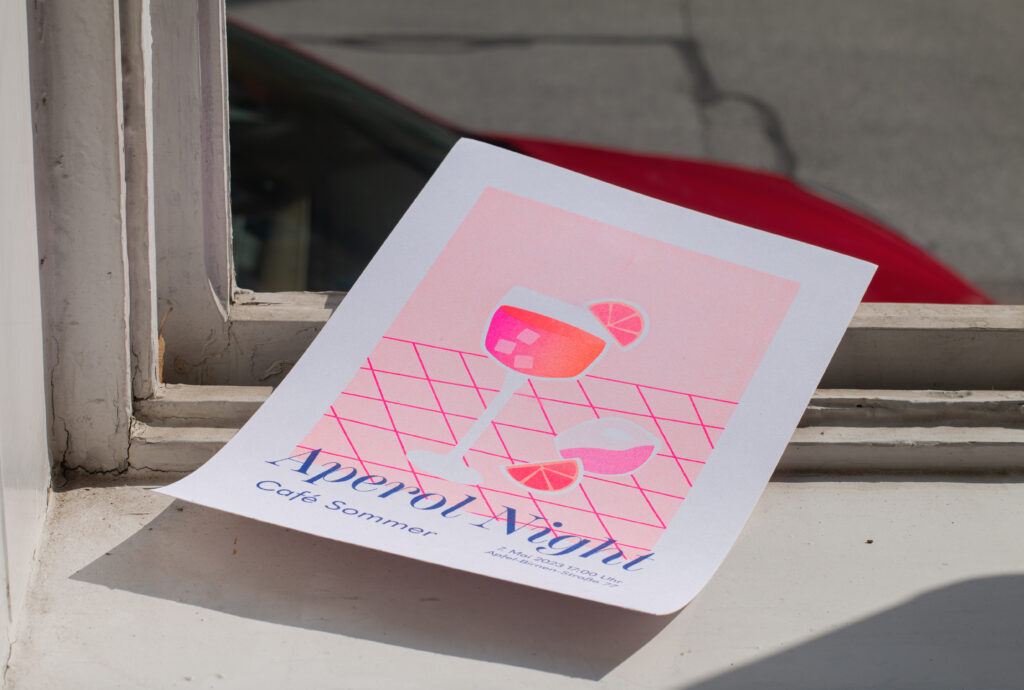
Inspiration:
Zweifarbiges Cover:
Gradient Poster:
Gradients:
https://www.behance.net/gallery/142821815/Soft?tracking_source=search_projects%7Cgradient+poster
